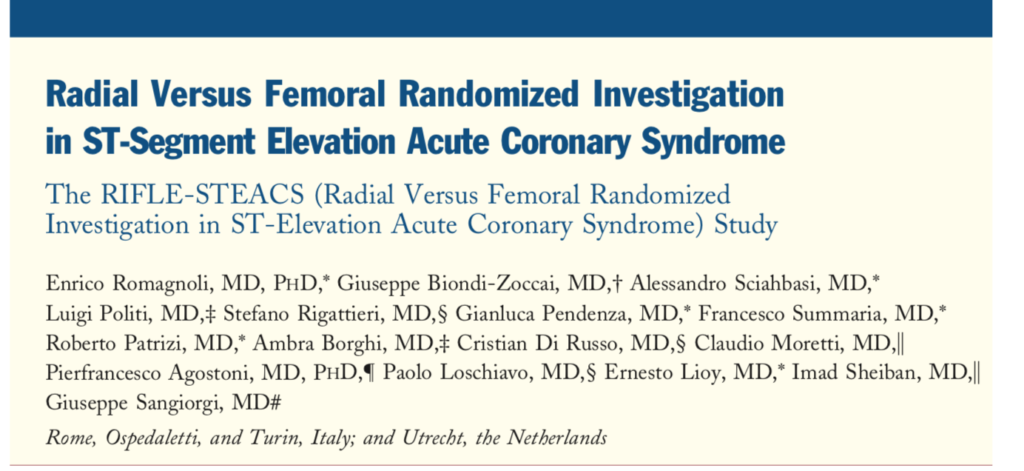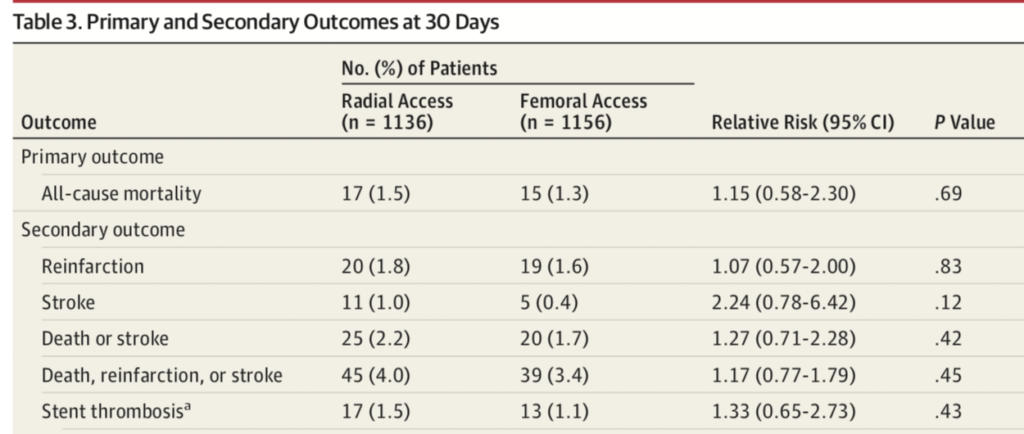“The best people possess a feeling for beauty, the courage to take risks, the discipline to tell the truth, the capacity for sacrifice. Ironically, their virtues make them vulnerable; they are often wounded, sometimes destroyed.”
Ernest Miller Hemingway
I watched the entire interview from beginning to end in great wonder. Here was this “senior journalist’ and great political expert explaining in excruciating detail how she converted form a fawning admirer to a deeply disappointed critic where the prime minister is concerned; all in a space of 6 years. In the beginning she considered him to be a comet against a dark sky, but now having turned geneticist she has grave concerns of the “DNA”. Astonishingly, she was blissfully unaware of the “DNA” 6 years ago. The distinguished interviewer with the nice bow tie kept milking her with questions that could only have one sided answers; there was no room for nuances. Having done the postmortem both almost lunged at each other to shake hands for business well done. After all a book is for sale. Now why would you take a book seriously by a “senior journalist” who in a span of only 6 years comes to a completely reversed impression of a man who never ever concealed his world view in the slightest manner? Anyone who has done the tiniest bit of serious reading knows where the world view comes from. The mindset was never kept under wraps. It was there for any and every dimwit to see. You may or may not agree with this ideology. Thats tour prerogative, at least for now. But for a working journalist to have professed public admiration and then equally publicly display anguish is a class act in itself. The good lady actually flinched when the lynchings took place. I certainly will not rush to buy this book. The only nice thing about the interview was there bow tie.
Contrast this with Hemingway. Hemingway still in his early twenties met a young Mussolini, and sent back his “ By Line”. Mussolini was a bluffer, wrote Hemingway. “If Mussolini would have me taken out and shot tomorrow morning I would still regard him as a bluff. The shooting would be a bluff.” He goes on “Mussolini isn’t a fool and he is a great organiser. But it is a very dangerous thing to organise the patriotism of a nation if you are not sincere.” Our prime minister beyond any shadow of doubt is sincere. The point I make is that it would be infinitely more worthwhile reading Hemingway than reading shallow books in search of sales. Hemingway repeatedly stated that what he wrote for his newspapers were quite distinct from his fiction prose. The former was to make a living while keeping in mind imposed dead lines; hence these columns may not withstand the test of time. But they have. Short sentences much like whiplashes minus grandiose adjectives was his style. Remarkably what he wrote as news continues today to be news. He wrote on facts but added what he felt. His editors did not object to the colour that he added to his columns. Crucially whether it was covering bull fighting, marlin fishing, the 2 World Wars, hunting, or even the luges of Switzerland , Hemingway had no axe to grind. He made sure he wrote true sentences. His grasp of economics and politics was immense and so was his ability to read human character. He blew his own head in the first week of July 1961, but is rated as one of the best writers of the twentieth century.

To more mundane matters. The radial approach versus the femoral approach during percutaneous coronary intervention; or ptca and stenting from the wrist versus there groin. I wrote a book on the radial technique and called it “Coronary angiography and Intervention by the Radial approach for Dummies.”( Kindle edition July 2013) The idea of the title that the radial approach was not that difficult; the book was published some years ago when less than 1% of operators were going the radial way. Rapid strides have been made since then; more than two thirds operators use the radial approach. The radial artery technique is associated with less bleeding complications, fewer puncture site problems and there has been a suggestion of lesser 30 day mortality. Above all, the patient can leave the cath lab walking if not on a wheelchair; with the groin puncture technique the patient has to stay lying down for almost 3 to 7 hours depending upon the procedure. A patient would prefer standing or at least sitting up soon after the procedure. There is however a slight problem for the operator; radiation exposure after all possible safe guards is almost twice with the radial technique compared with groin puncture. My initial enthusiasm has therefore waned , because I have been in the business of cardiac catheterisation since 1983; that is a considerable amount of radiation exposure.
JAMA carries a large multi centric randomised paper comparing both these techniques in 2292 patients with ST segment myocardial infarction (STEMI). The researchers concluded that there was no significant difference for survival , nor any difference in rates of re infarction, stroke , stent thrombosis and bleeding.The trial was terminated prematurely. The reassuring implication of the SAFARI-STEMI trial is that adequately trained operators may obtain similar results regardless of puncture approach for primary percutaneous intervention in ST segment elevation heart attack patients. The results were consistent in all subgroups. Only 6% patients received 2b3a receptor blockers , while 69% in the femoral group got a closure device. The authors of 2 earlier trials suggesting fewer deaths with the radial approach gad underlined there need for confirmation.

The RIVAL trial including patients with acute coronary syndrome failed to show difference in mortality. But the sub group analysis of STEMI patients ( 1471in number) revealed significantly lower 30 day mortality with radial access (1.3% vs 3.2%), but the difference in deaths could not be explained by difference in bleeding (0.8% radial vs 0.9% femoral). The majority of deaths in fact occurred in patients who neither had bleeds or puncture site complication. It is presumed that bleeds translate to deaths due to accompanying hypotension or the necessity of stopping anti platelets and anti coagulants.

The RIFLE -STEACS trial studied 1001 patients with STEMI to report significantly 30 day lower mortality with the radial approach (5.2% vs 9.2%). Bleeding events were significantly higher in the femoral access group ( 12.2% vs 7.8%). But 2b3a receptor blockers were administered in more than two third patients. The MATRIX trial also could not show difference in mortality between radial access versus femoral access (2.4% vs 2.7%). The authors of SAFARI-STEMI rightly conclude that experienced operators in high volume PCI centres may get good and similar outcomes using either approach. But the 2017 European Society guidelines give the radial approach a class 1A recommendation; this obviously needs a rethink. One should be skilled in both approaches, and I for one make sure I take the a radial approach every now and then so that I do not lose the skill. Also there will always be a patient who would not be in position to lie down post procedure or who may wish to leave hospital at the earliest. But I like to cut down my radiation exposure by using the femoral approach. I doubt if Hemingway on being alive today would have provided an opinion, he would have stuck to his strengths and expertise.

